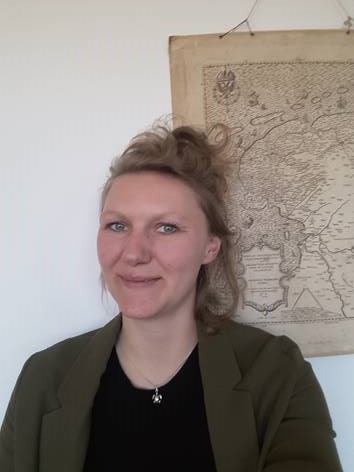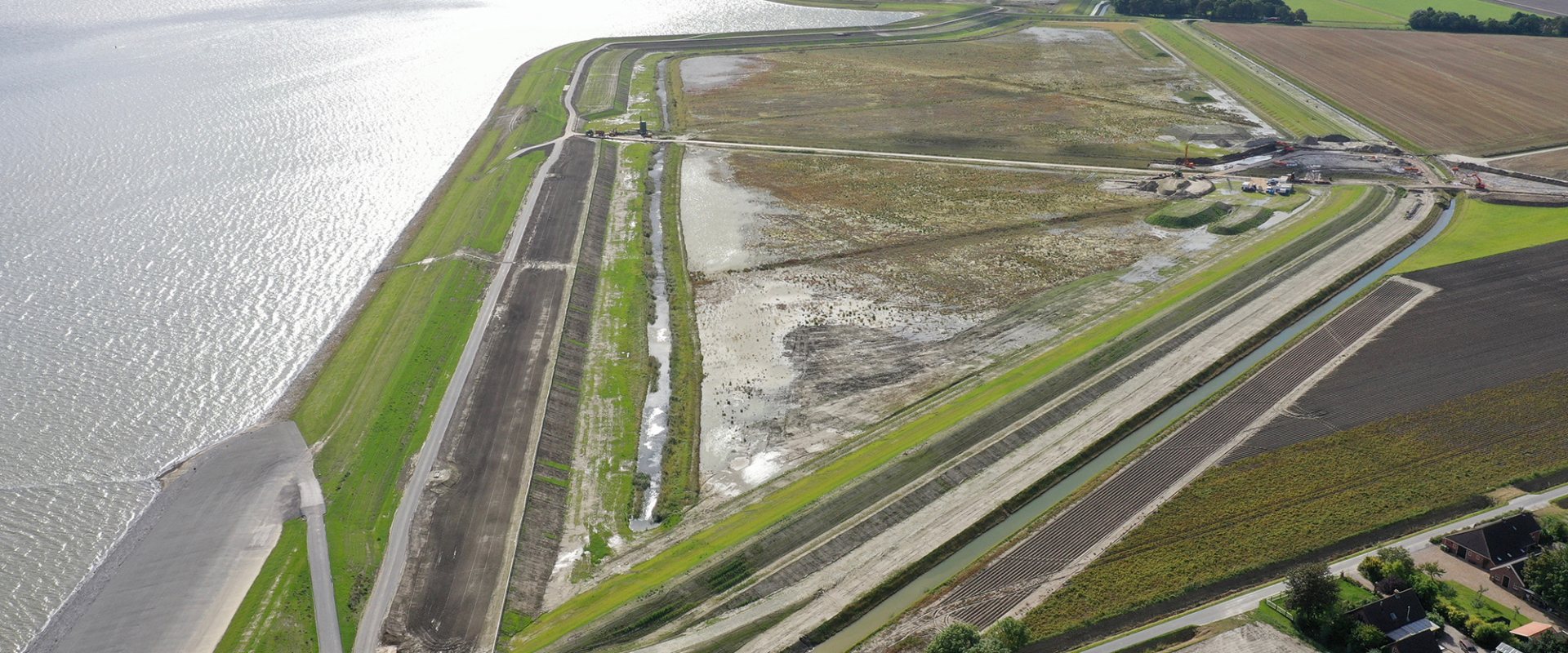Four ways to manage uncertainty when adapting
This article was written by a participant of the Global Center on Adaptation’s Young Leaders Program. The program develops young talent to become future leaders in global climate change adaptation efforts by enhancing their knowledge, skills, and ability to thrive in an international environment.
C
limate change adaptation can be seen as a complex social ecological system in which many feedback loops exist. One element of the complexity is the close connection between human and natural systems. The human systems include social behaviour, institutional arrangements, technology and the economy. Natural systems include (bio)physical processes such as the hydrological cycles, the tides, photosynthesis, erosion or bee migration patterns.
Alongside this complexity, uncertainty surrounding climate change makes adaptation challenging. We do not know everything and the future is unpredictable. Yet, we can manage the uncertainties.
One way of managing uncertainty involves conceptualising it. This process reveals that different types of uncertainties demand different strategies. Here are four types of uncertainty and how they are being addressed in the field of climate change adaptation.
1. The first type of uncertainty is related to a lack of knowledge about the current situation. This can be addressed by traditional data collection and research: you make a research plan and follow a methodology.
2. The second type of uncertainty relates to ‘truth seeking’ through multiple perspectives. By gathering and merging multiple perspectives on ‘how the world works’, a consensus is reached. A consensus usually achieved with stakeholder engagement and co-production methods.

Lotte de Jong
3. The third type of uncertainty relates to the unpredictability of certain phenomena. For this, models and scenario studies provide a range of possible futures, even if they can never predict exactly what will happen.
4. The fourth type of uncertainty deals with unknown unknowns: things we don’t know we don’t know. This is the vaguest type of uncertainty and is addressed by a ‘learning by doing’ approach; that is, by using trial and error to research and not necessarily sticking to a pre-defined plan. This method allows – encourages, even – emerging questions to be examined.

Twin dike section of sea levee near Delfzijl, the Netherlands. Photo: Regional water authority Noorderzijlvest
Effective climate change adaptation should take account of all four types of uncertainty and use an amalgam of responses to address them. However, learning by doing requires courage because mistakes are usually part of the process. Decision-makers may not be keen on making mistakes, even though, according to this framework, making them is a requirement for successful climate change adaptation.
Learn by doing
An example of effective learning by doing is the mangrove restoration project in the Central Java district of Indonesia. Initially, the mangrove forest protected the region against coastal inundation. Due to land subsidence and deforestation, parts of the coast are permanently inundated. This project uses pilot studies (experiments) to deepen the understanding of the influence of mangroves on the hydrodynamics of the coast. Next to this, the project has a major emphasis on stakeholder participation. This combination creates understanding and agreement on ‘learning by doing’ flaws, such as unforeseen mistakes, because these are joint mistakes.
Another example is the Dutch twin-dike system pilot in which two dikes are used to enhance sedimentation dynamics. Similar to the Indonesian project, great emphasise is put in stakeholder participation within this project. In order to generate understanding for a learning by doing approach, this combination is crucial.
We are quick to criticise decision-makers for mistakes, despite the need for them to happen in order to learn. However, there may be ways to quantify whether a mistake is part of ‘learning by doing’ or a less reasonable error. In this, risk and impact assessments are a first step, but more is needed. Learning by doing is crucial because the alternative of doing nothing is not acceptable. By tackling this, we can accelerate climate change adaptation.
FOOTNOTE:
Part of the ideas presented in this blog are inspired on Brugnach, M., Dewulf, A., Pahl-Wostl, C., & Taillieu, T. (2008). Toward a relational concept of uncertainty: about knowing too little, knowing too differently, and accepting not to know. Ecology and society, 13(2).
The ideas presented in this article aim to inspire adaptation action – they are the views of the author and do not necessarily reflect those of the Global Center on Adaptation.